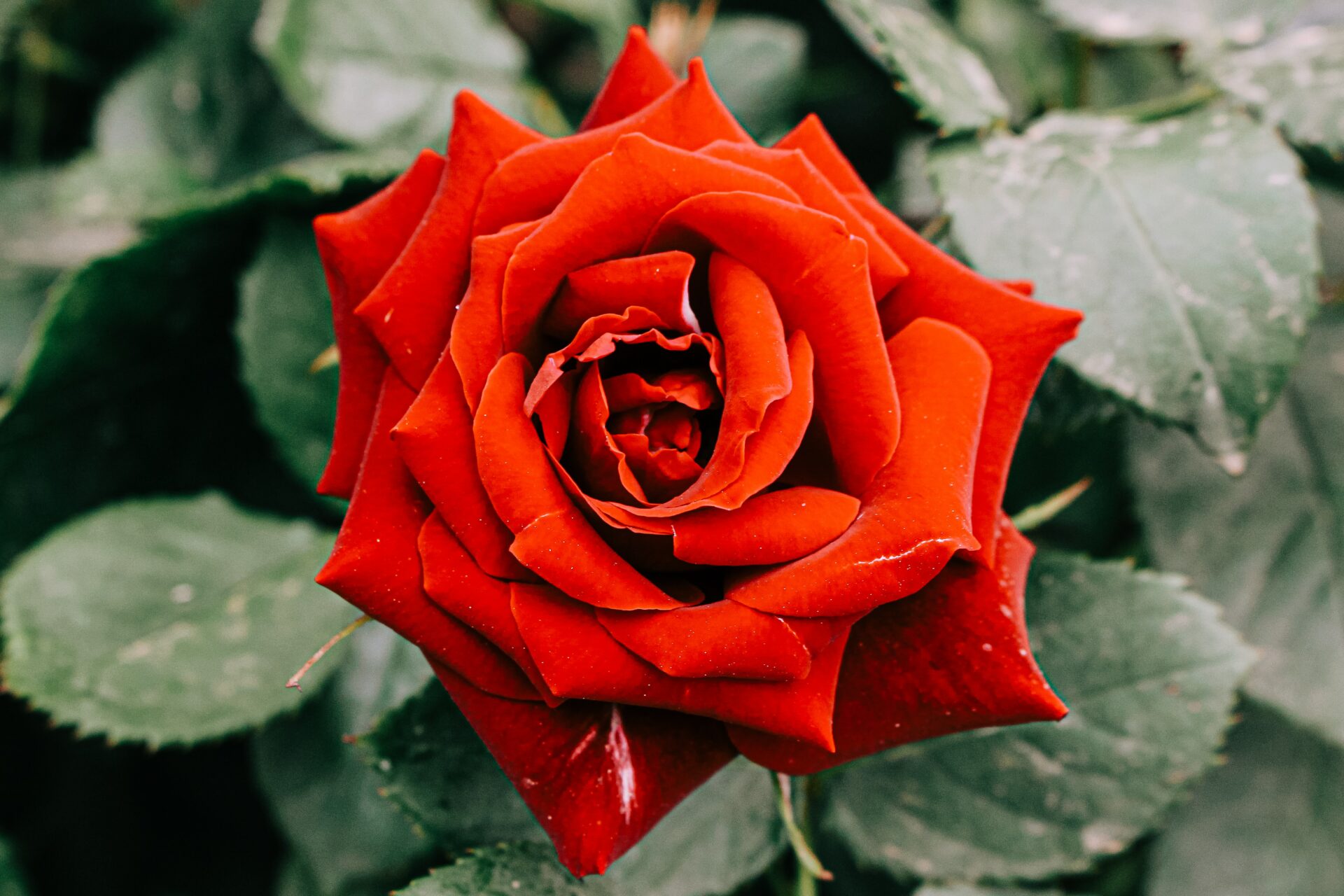Botanical Description:
Scientific Name: Rosa spp.
Common Names: Red Rose, Rose
Description:
Red Rose, belonging to the Rosa spp., is a classic and cherished flowering plant known for its vibrant red blooms and delightful fragrance. Beyond its ornamental value, the red rose has a rich history of traditional use in herbal medicine. Explore the traditional uses, constituents, and applications of Red Rose in this Materia Medica.
Disclaimer:
This Materia Medica is provided for informational purposes only and should not replace professional medical advice. Please consult with a qualified healthcare practitioner or herbalist before using any herbal remedies.
Therapeutic Actions:
- Astringent Properties:
- Red Rose is known for its astringent properties, contributing to its traditional use in skincare.
- Anti-Inflammatory:
- It exhibits anti-inflammatory effects, making it beneficial for addressing skin irritation and redness.
- Antioxidant:
- Red Rose contains antioxidants that help combat oxidative stress and support overall health.
- Mood Enhancement:
- The fragrance of red roses is traditionally associated with mood enhancement, promoting relaxation and well-being.
Constituents:
- Essential Oils:
- Red Roses contain essential oils that contribute to their fragrance and therapeutic properties.
- Flavonoids:
- Presence of flavonoids adds to the antioxidant effects of Red Roses.
- Vitamins and Minerals:
- Red Roses provide essential vitamins and minerals that contribute to their overall health benefits.
Traditional Uses:
- Skincare:
- Red Rose is traditionally used in skincare for its astringent properties, promoting healthy and radiant skin.
- Inflammatory Skin Conditions:
- It is employed to address inflammatory skin conditions, such as redness and irritation.
- Relaxation and Mood Support:
- The fragrance of red roses is utilized for its calming effects, promoting relaxation and mood enhancement.
- Culinary Uses:
- Red Rose petals are sometimes used in culinary applications, adding a floral and fragrant touch to various dishes and teas.
Dosage and Preparation:
- Red Rose Infusion:
- Infusions or teas made from dried Red Rose petals can be prepared and consumed. Dosage may vary based on the intended application.
- Rose Water:
- Rose water, obtained by distilling Red Rose petals, is used in skincare and can be applied topically.
Cautions and Considerations:
- Allergies:
- Individuals with known allergies to roses should exercise caution, especially when applying rose-based products topically.
- Pregnancy and Breastfeeding:
- Safety during pregnancy and breastfeeding is not well-established, and consultation with a healthcare professional is recommended.
- Culinary Use Caution:
- When using Red Rose petals in culinary applications, it’s important to ensure they are sourced from organic and pesticide-free sources.
Conclusion:
Red Rose, with its iconic red blooms and captivating fragrance, holds a special place in herbal medicine and skincare. Whether used for promoting healthy skin, addressing inflammatory conditions, enhancing mood, or adding a floral touch to culinary creations, Red Rose offers versatile applications. Whether consumed as an infusion or applied topically as rose water, Red Rose provides natural options for those seeking herbal remedies. This Exhaustive Materia Medica aims to provide comprehensive insights into Red Rose’s botanical description, therapeutic actions, constituents, traditional uses, dosage, precautions, and applications. For personalized guidance, consultation with healthcare professionals or herbalists is recommended to ensure safe and effective utilization of Red Rose as a herbal remedy.






2 Comments on “Red Rose Petals: Herbal Plant Profile”